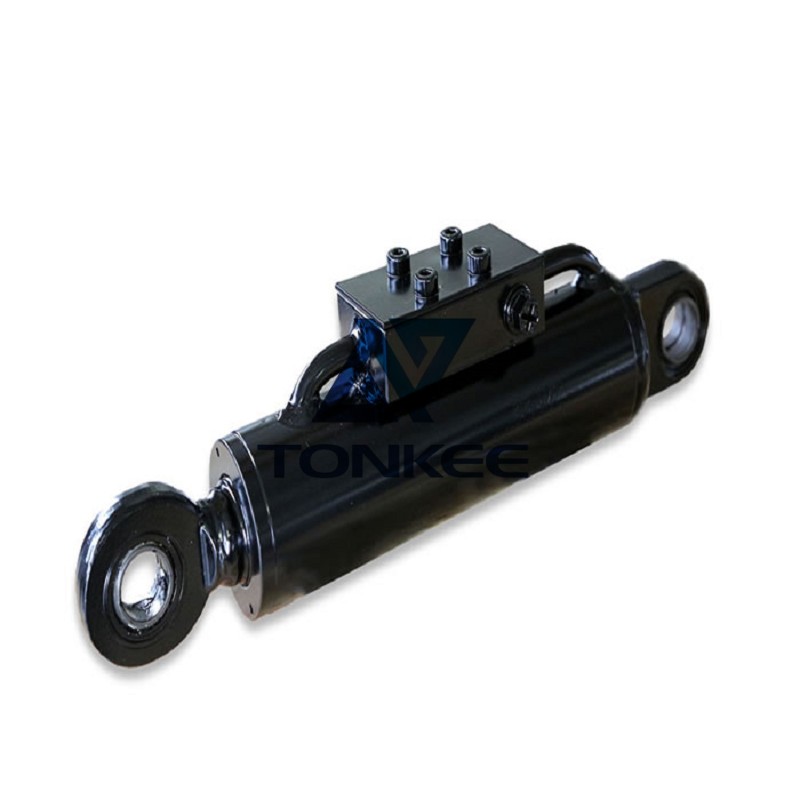
Size and Capacity: Agricultural hydraulic cylinders come in various sizes and capacities to meet the diverse needs of farming equipment.
The size and capacity depend on the specific application, with larger cylinders used for heavy-duty tasks such as lifting and lowering implements or controlling steering mechanisms.
Pressure Rating: Hydraulic systems in agriculture often operate at high pressures to provide the necessary force for tasks like lifting heavy loads or operating hydraulic attachments. Hydraulic cylinders must have a suitable pressure rating to withstand these pressures without failure.
Materials and Construction: These cylinders are typically constructed from robust materials like high-strength steel to withstand the harsh conditions of agricultural environments. They are designed to resist corrosion, impact, and abrasion, ensuring longevity and reliability.
Seals and Gaskets: Effective seals and gaskets are crucial in hydraulic cylinders to prevent fluid leakage and maintain system efficiency. Agriculture-specific cylinders may incorporate special seals designed to withstand exposure to dirt, dust, and debris commonly encountered in farming operations.
Mounting Options: Hydraulic cylinders for agriculture are available in various mounting configurations to accommodate different equipment designs. They can be welded, bolted, or flange-mounted to suit the specific application.
Stroke Length: The stroke length of a hydraulic cylinder determines the maximum extension and retraction distance. Agricultural equipment may require cylinders with varying stroke lengths to perform specific tasks such as adjusting the height of plows or raising and lowering attachments.
Single-Acting vs. Double-Acting: Agricultural hydraulic cylinders can be single-acting or double-acting.
Single-acting cylinders apply force in one direction, while double-acting cylinders can apply force in both directions, making them suitable for tasks that require precise control.
Piston Rod Diameter: The diameter of the piston rod influences the cylinder's strength and durability. Larger diameter rods are used for heavy-duty applications where greater force is required.
Temperature Tolerance: Agriculture often exposes hydraulic systems to extreme temperatures. Hydraulic cylinders should be able to operate effectively in both hot and cold conditions without compromising performance.
Maintenance Requirements: Ease of maintenance is crucial in agriculture, where downtime can be costly. Cylinders should be designed for easy inspection, maintenance, and seal replacement to minimize equipment downtime.
Cost-Effectiveness: While high-quality hydraulic cylinders may have a higher initial cost, they can offer long-term cost savings through improved efficiency and reduced maintenance needs.
Environmental Considerations: Some agricultural applications involve contact with soil and chemicals. Hydraulic cylinders should be designed to minimize the risk of contamination to the hydraulic fluid and environment.



 English
English Türkçe
Türkçe


